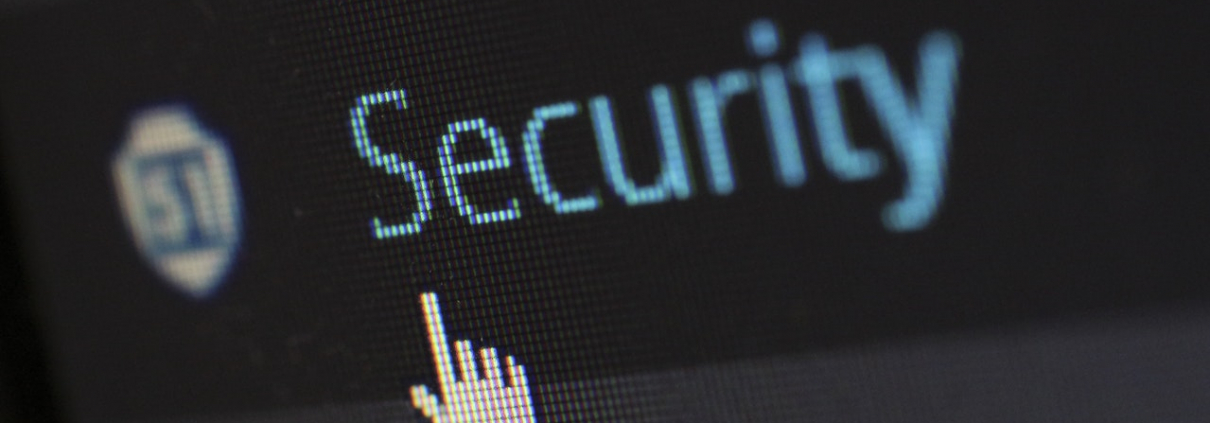The Future of Security and Compliance in 2022 and Beyond
How Security and Compliance is Changing in 2022
As data becomes increasingly valuable, both to organizations and outside parties, information security is only growing in importance. Yet the path to a secure and compliant organization has never been straightforward. Understanding the trends impacting the threat landscape and the future of security and compliance can help organizations minimize risk and build a stronger cybersecurity strategy. These are the factors influencing the compliance landscape in 2022 and beyond.
Security and Compliance Redefined
Security and compliance have moved beyond policies and processes to become an enterprise-wide initiative. Security must not only do what it’s always done—keep the organization safe from external threats and ensure regulatory compliance—but also play a key role in driving customer satisfaction, enabling business innovation and growth, and reducing costs.
A New Era of Compliance
The regulatory environment will continue to evolve, with new frameworks, requirements, and legislation continually emerging. Compliance frameworks like ISO 27001 and SOC 2 are becoming table stakes for growing companies, while regulatory standards like PCI DSS and GDPR continue to evolve and add new requirements in response to emerging technologies and shifting threats.
It’s critical that organizations remain flexible. Company leaders must focus more on strengthening their overall security posture and less on ticking boxes to meet specific compliance requirements. Organizations that invest in the right team and tools to handle this complex and evolving environment will be better poised to adapt and succeed.
An Entirely New Role for CISOs
CISOs must embrace a role that is more strategic and collaborative. Rather than the person who responds to a fire, they are the ones who prevent it from starting. Data is more valuable than ever, with companies making decisions based on analytics and insights their competitors don’t have. Without it, they can’t win in the market. This is why CISOs need to do more than just secure your networks: they need to be at the table when plans are being made about what information you’ll collect, how you’ll safeguard it, and how it will impact your business strategy.
The Rise of Compliance Automation
Security and compliance automation will be the most important tool in your security arsenal. According to a recent report from ESG Research, 75% of organizations consider automation of security analytics and operations to be a high priority. If you’re not using automated tools to continuously monitor and scan for vulnerabilities, then you’re behind the pack. IT and compliance teams are relying on automated tools more and more as they streamline their workflows, track risks, and continually improve their security posture.
Companies of all sizes must be ready to adapt to new regulations, new threats, and new technologies
One thing is certain: the next few years will see significant changes across the entire cybersecurity landscape. Employees forced to work from home in 2020 are now choosing it as a preferred option, and security practices must adapt to this new reality with careful access controls and ongoing security awareness training.
As enterprises adapt to a remote workforce, the number of cyberattacks will increase exponentially. Expect attacks that target employees, like phishing scams, designed to exploit vulnerabilities made possible by remote working environments with little or no security support.
As a result, companies will need to invest in their teams and tools to minimize threats and maintain ironclad data security. CISOs must embrace a collaborative role, and security must be an organization-wide priority. This entails user-friendly security processes, policies, and training as well as compliance automation tools that improve the accuracy, flexibility, and efficiency of security programs.



